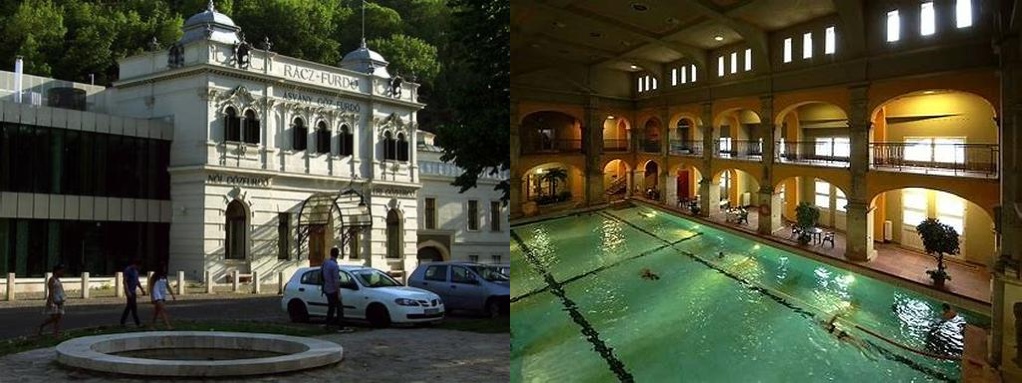
Rác gyógyfürdő is not just another bath in Budapest—it’s a gentle reminder that some places hold every chapter of a city’s story within their walls. Tucked away on a quiet street close to Gellért Hill, this historic bath is often overlooked, but that makes the discovery even sweeter. Visitors who wander inside with time to spare are often surprised by what they find: a remarkable blend of history, architecture, and true local atmosphere. Its story stretches back further than you might expect, deeply entwined with the lives and healing rituals of Budapest through centuries of change.
The origins of Rác gyógyfürdő can be traced as far back as the 16th century, during the Ottoman occupation of Hungary. Imagine the era—when Turks ruled over Buda, setting the foundations for the baths culture that has since shaped the city’s reputation. These early architects recognized the extraordinary healing properties of the natural thermal springs that surfaced here. As a result, a domed bathhouse arose, complete with traditional Turkish elements: thick stone walls, a gentle hush, filtered sunlight casting patterns through small windows. Today, the heart of the bath still features these Ottoman-era structures, and the sense of calm remains just as deep.
It wasn’t until 1865 that the bath was officially designated as a “healing” or “medicinal” bath. Its waters, rich in minerals and believed to help with joint and muscle ailments, attracted everyone from local residents to visiting dignitaries. In fact, the name “Rác” comes from the South Slavic Serbs (once known as the “Rác”) who settled nearby and frequented its pools. Over time, especially in the 19th and early 20th centuries, Bath culture in Budapest experienced a renaissance, and the bath’s striking architecture was gradually updated with neo-Baroque and neo-Renaissance elements, most notably during the major expansion of 1869 by architect Miklós Ybl, renowned for his work on the Hungarian State Opera House.
Stepping inside Rác gyógyfürdő is like wandering through an enchanted space that straddles centuries. You’ll see a remarkable mixture: domes reminiscent of Turkish baths, splendid 19th-century arches, and peaceful pools with elaborately tiled walls. Each chamber tells a different story, and every thermal bath aficionado will find something to admire. Despite its splendor, the bath has always felt less showy than others—there is an earthy authenticity here as locals and travelers alike let go of their daily cares beneath the ancient dome’s soft echo.
Over the years, the bath’s fortunes have waxed and waned. After the Second World War, and again after the fall of communism, the bath was shuttered and left in disrepair for long stretches. Yet, in the mid-2000s, a major restoration project brought new life to its faded grandeur. Unfortunately, business and legal difficulties meant that the reopened bath had to close again in 2011. As of this writing, Rác gyógyfürdő remains closed, but you can still admire the beautiful exterior and dream of the day the doors will open once more. The spirit of the bath remains undimmed, its history etched in the stones and whispered through the warm, mineral-rich water beneath.
Even if you can’t yet soak in its healing pools, Rác gyógyfürdő is a place where the layers of Budapest’s history are laid bare. If you visit the city, stroll up Naphegy Street to marvel at the exterior. Imagine the lazy afternoons that once unfolded beneath those domes and arches; picture the mixture of cultures and eras that shaped its halls. It’s a quiet masterpiece, waiting patiently for the next chapter in its story—and perhaps, one day, for your visit, towel in hand, ready to slip into waters that have soothed hearts and bodies for some five centuries.





